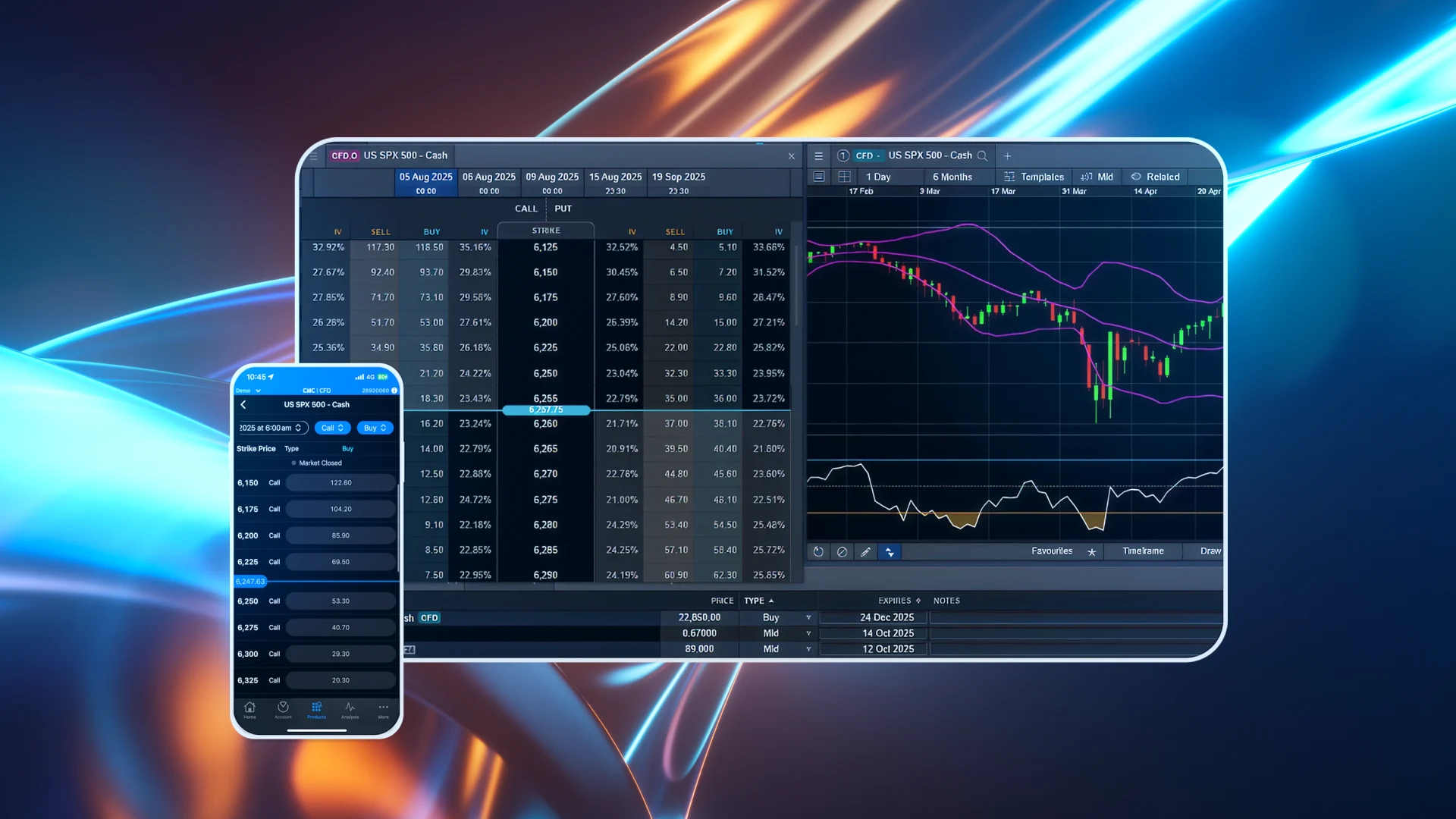CFD Strategies on the FTSE MIB: Leveraging Italian Blue-Chip Volatility with Precision Risk Controls

Italy’s financial markets have long captured the attention of both domestic and international investors. At the heart of this ecosystem lies the FTSE MIB, the benchmark index tracking 40 of the country’s most liquid and capitalized companies. From energy giants like ENI to global fashion icons like Moncler and financial leaders such as Intesa Sanpaolo, the index provides a powerful snapshot of Italian corporate performance.
For traders using Contracts for Difference (CFDs), the FTSE MIB presents unique opportunities. The combination of strong daily liquidity, concentrated exposure to blue-chip stocks, and volatility driven by both local and European macroeconomic events makes it a compelling market for strategic CFD trading. However, navigating this landscape requires not only sharp timing but also the discipline of precision risk management.
CFD Trading Strategies for the FTSE MIB
When it comes to CFDs on the FTSE MIB, the most effective approaches combine market insight with tactical execution. Let’s look at three common strategies.
Momentum Trading
Italian markets can be quick to react to economic data, government announcements, or earnings reports. Momentum traders capitalize on these sharp moves by identifying breakouts above resistance or breakdowns below support levels.
For example, a trader may spot Intesa Sanpaolo’s stock breaking higher on stronger-than-expected quarterly results. Using CFDs, they can take a leveraged long position on the FTSE MIB, aiming to ride the broader financial sector rally. The key here is speed—momentum trades work best when traders act quickly and exit once momentum shows signs of fading.
Mean Reversion
Because the FTSE MIB can experience overreactions to short-term news, mean reversion strategies are also popular. A sudden dip triggered by political developments may create opportunities if traders anticipate a recovery once uncertainty eases.
With CFDs, traders can short the index during the downturn and then reverse the position once stabilization signals emerge. The flexibility to profit in both directions is a hallmark advantage of CFD trading compared to traditional stock ownership.
Hedging Portfolios
Institutional and retail investors alike use the FTSE MIB to hedge Italian equity exposure. For instance, a long-term investor holding shares in ENEL might open a short CFD on the index during periods of expected market turbulence. If the market declines, losses on the stockholding can be partially offset by gains on the CFD.
Such strategies highlight CFDs not only as speculative instruments but also as practical tools for risk balancing.
The Critical Role of Precision Risk Controls
While strategies define opportunity, risk controls define sustainability. Without a disciplined approach, traders risk turning volatility from an ally into a liability. Here are some essential considerations:
- Leverage discipline: CFDs allow traders to amplify positions, but excessive leverage can quickly erode capital. A conservative approach ensures that each trade aligns with the trader’s risk tolerance.
- Stop-loss orders: Predefined exit levels act as a safety net against sudden market reversals. In the FTSE MIB, where political news can trigger sharp swings, stop-losses are indispensable.
- Position sizing: Allocating too much capital to a single trade is a common pitfall. A balanced approach spreads exposure across sectors or strategies, reducing the risk of concentrated losses.
- Regular reassessment: Market conditions evolve. Strategies that work during high volatility may underperform in calmer markets. Traders should continuously adapt their risk frameworks to reflect current realities.
CFD trading on the FTSE MIB demands respect for volatility, not reckless pursuit of it. With precise controls in place, traders can harness opportunities while maintaining capital preservation as a core principle.
The Italian Market in a European Context
The FTSE MIB does not move in isolation. Its volatility is often shaped by broader European and global forces. ECB policy shifts, euro exchange rate fluctuations, and global energy market dynamics all feed into Italian blue-chip performance.
For CFD traders, this interconnectedness underscores the importance of monitoring cross-market signals. A rising euro, for instance, may pressure Italian exporters, while higher oil prices can bolster ENI’s performance. Staying attuned to these interdependencies allows traders to anticipate moves with greater confidence.
Enhancing Knowledge Before Executing
Success in CFD trading is not just about finding the right setup—it’s also about preparation. Traders who dedicate time to studying the mechanics of CFDs, understanding margin requirements, and practicing with demo accounts are better equipped to manage live trades.
If you’re considering refining your strategies or building a deeper foundation in CFD trading, you can learn more through dedicated educational resources. Equipping yourself with knowledge before risking capital is one of the most valuable forms of risk control.
Conclusion
The FTSE MIB represents both the dynamism and complexity of Italian markets. Its blue-chip constituents offer traders sharp movements and clear sectoral themes, making it an ideal playground for CFD strategies. Yet, these same features demand a disciplined mindset, where precision risk controls stand at the center of every decision.
Whether employing momentum trades, mean reversion tactics, or hedging portfolios, the potential lies not only in spotting opportunities but also in managing risks with foresight. By treating volatility as a tool rather than a threat, CFD traders can turn Italian blue-chip fluctuations into pathways for growth.
In a market as vibrant and fast-moving as the FTSE MIB, knowledge, adaptability, and discipline remain the trader’s most valuable assets.




